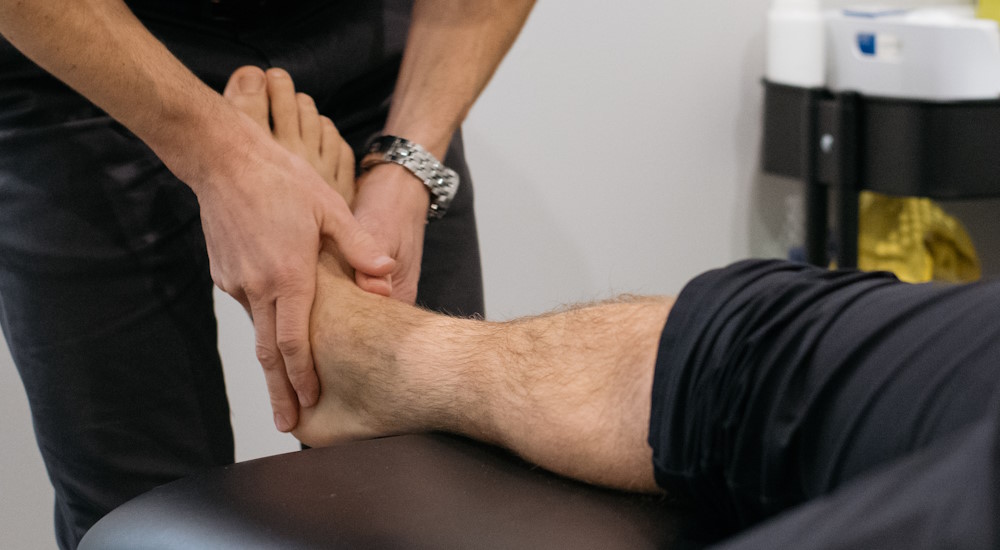
Physiotherapy, like most other fields of study, experiences its fair share of trends. While the word ‘trends’ can often sound negative, in many cases, it isn’t – in fact, trends often serve to draw the attention of a large number of professionals in a field, who must then make their own educated decisions about how to expand on them – or ignore them, if they’re irrelevant.
At the moment, one of these trends is to focus on ‘mobility’. For the purposes of this article, let’s think of mobility as simply ‘the ability to produce a desired movement’. Obviously, some degree of mobility is important to all of us, for everything we do. The real question is, how much is enough?
To expand on this concept, two very smart practitioners, Gray Cook and Mike Boyle, have come up with the ‘Joint by Joint Approach’. It’s a bit of a long read, but I can summarize: Neighboring joints in the typical human body tend towards stiffness (lack of mobility) or sloppiness (too much mobility).
=> See this related article: Half Kneeling Hip Mobilization Exercise
Ankle Mobility – A Very Common Situation
Let’s take a look at a very common and important example of that concept: the ankle. Commonly injured and heavily depended on, the ankle often tends to be on the stiff side – despite the fact that it may be easily rolled or sprained. Stiffness in this joint can have a massive effect up the chain – into the knees, hips, and lower back – and often plays a role in injury to those areas. Ever tried to walk down stairs in ski boots? A restriction at the ankle can change the way we operate everything above it, and can lead to tissue overload – which then creates injury.
If you have recently sprained, broken, or otherwise injured your ankle, you likely have some degree of mobility restriction. We’ll often find this kind of restriction even years after a major injury – and it’s not uncommon for us to treat it as a way to address a different issue – like knee or hip pain.
A clinical ankle assessment will involve a series of tests, with the primary goal of identifying what is working well and what needs to be improved. One of our favourite clinical screens at Motus is the standing knee-to-wall. This is used to assess how much ankle mobility an individual has in comparison to their unaffected side.
There are lots of drills to help improve your ankle’s range of motion – but many are difficult to perform in the presence of pain, or are just ineffective. One of our favourites at Motus is the band-assisted ankle mobilization, shown in the video below. Based on the well-known therapeutic concept of mobilization with movement, this drill should be pain-free and result in an improvement in range of motion. Researchers who support this technique have proposed that it’s more beneficial because it involves active movement, rather than simple passive stretching.
We encourage you to try out the self-assessment for your own ankle mobility, and if needed, the mobilization we’ve described here. If you’re not sure where to go from there, feel free to contact us at the clinic, and we’ll be happy to steer you in the right direction.

